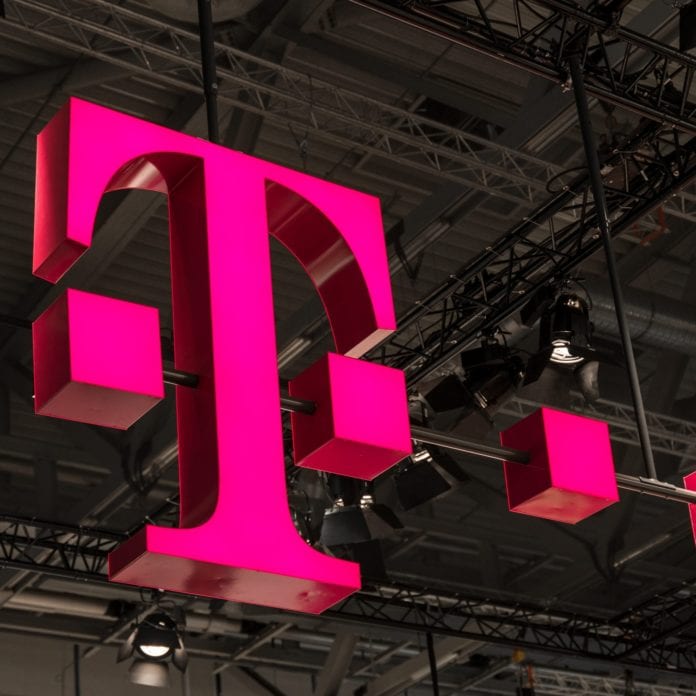Deutsche Telekom said the frequencies used for 2G will boost the telco’s current 4G and 5G networks in the future
German carrier Deutsche Telekom announced plans to shut down its 2G network infrastructure by June 30, 2028, with the aim of using current 2G frequencies to boost 4G and 5G networks, the telco said in a release.
“With the 2G frequency spectrum that is being released, we can further improve our network,” said Abdu Mudesir, CTO at Telekom Deutschland. “We want fast data transmission for everyone — and we want it everywhere. That’s why we will be using the frequencies in our network for 4G and 5G in the future to make mobile surfing even better, especially in rural areas.”
The telco noted that more than 97% of the German population can already access its 5G network. By the end of 2025, this figure will be 99% of the population, the telco added.
In the future, Deutsche Telekom will use the spectrum in the frequency range around 900 MHz that is currently blocked by 2G for both 4G and 5G services. Areas that have previously only been supplied with 2G but not 4G will receive 4G/5G coverage as part of the ongoing network modernization before the 2G network is switched off, the telco added. Deutsche Telecom also noted that phones not supporting 4G will no longer be usable after the shutdown.
Deutsche Telekom recently said that a total of 12,800 of its 5G antennas in 950 cities and municipalities are currently transmitting on the 3.6 GHz spectrum band.
Deutsche Telekom expects to launch its 5G Standalone (5G SA) offering in Germany this year. In a previous round-up of its network achievements during 2023, Srini Gopalan, CEO of Telekom Deutschland, which is DT’s domestic operator, said the carrier is aiming at offering 5G SA to private customers.
The executive noted that Deutsche Telekom’s business customers are already using the technology with functions such as network slicing for live TV transmission of media or in 5G campus networks for industry and research.
The telco previously highlighted that 5G antennas on the 3.6 GHz frequency are particularly powerful, because they are almost exclusively connected to the transport network with a 10 Gbps connection via fiber optics. The telco noted that the 3.6 GHz frequency band supplements the 5G frequencies in the 700 MHz and 2.1 GHz range, which are already in use nationwide in the Deutsche Telekom network. Especially in densely populated areas, the 3.6 GHz frequencies ensure particularly high download speeds and smooth mobile phone coverage, the carrier said.
Deutsche Telekom has previously made private 5G available in millimeter wave (mmWave) spectrum at 26 GHz for the first time in Germany. It claims the band allows for round-trip latencies of three to four milliseconds and download and upload data rates of more than four and two gigabits per second, respectively. It is offering mmWave support as part of its ‘campus network’ offer, which has until now used the dedicated 3.7-3.8 GHz mid-band spectrum in Germany.
Higher-band mmWave spectrum offers a shorter coverage range, but a higher bandwidth and higher speeds. In Germany, the 26 GHz band has been allocated exclusively by national telecoms regulator BNetzA to enterprises for localized applications by the Federal Network Agency. It can currently only be used for local applications. Deutsche Telekom said it has now trialed 5G frequencies in the mmWave range at 26 GHz with industrial customers.

